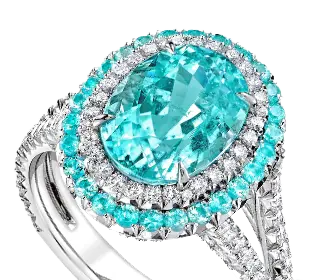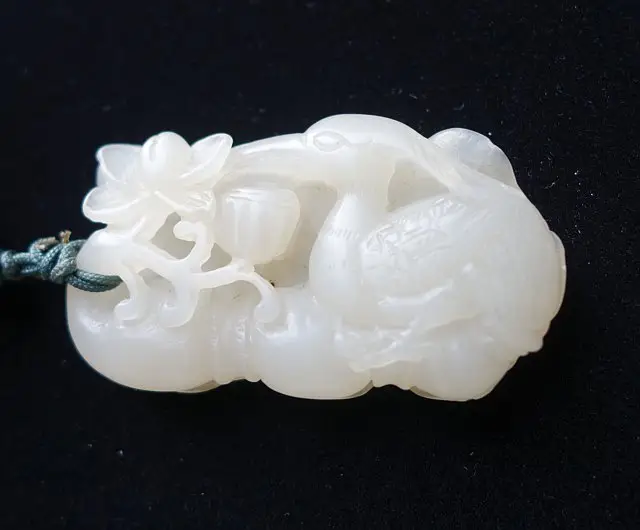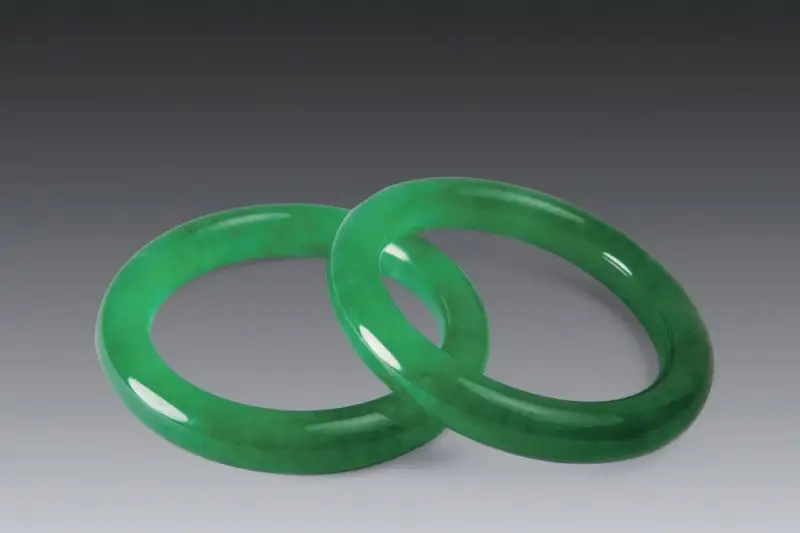Introduction
Tourmaline is a fascinating gemstone with a color diversity that surpasses many others. Some crystals can even exhibit a cat’s eye effect (cat’s eye tourmaline). Tourmaline has been used historically in royal adornments, such as in the Qing Dynasty’s court jewelry. The name “tourmaline” is believed to have originated from the Sinhalese word “TURMALI,” which was initially used for zircon stones, and the name stuck after a package of tourmaline was mistakenly sold under that label.
Tourmaline
- Crystal system: hexagonal crystal system
- Hardness: 7~7.5
- Specific gravity: 3.0~3.2
- Luster: Vitreous luster
- Transparency: Transparent to opaque
- Color: green, brown, red, blue, black
- Refractive index: 1.62~1.64
- Birefringence: 0.02
- Fluorescence: Multiple variations
- Cleavage: No cleavage
- Characteristics: Strong pleochroism, ridge ghosting, piezoelectricity
Commercial Value of Tourmaline
The name “tourmaline” is fitting due to the crystal’s piezoelectricity, where pressure applied to the C-axis (long axis) ends of the tourmaline crystal generates an electrical charge. When heated, tourmaline also produces an electric charge, a characteristic known as pyroelectricity. Tourmaline is currently the gemstone known to exhibit the most diverse range of colors, and it is the gemstone that can display the most color variations on a single crystal.
When purchasing tourmaline, the 4C principles apply. In terms of color, blue or blue-green tourmalines are the rarest and most valuable, followed by red. Greenish-yellow tones are less desirable, but chrome tourmaline with a vivid green color can be more valuable than red tourmaline. Both red and green tourmalines are popular in the market, and the most coveted variety is the blue-green Paraiba tourmaline. Cat’s eye tourmaline is a rare phenomenon.
In terms of clarity, eye-clean stones are ideal. If the price is too high, aim for inclusions that are not visible under magnification. The cut often relates to clarity, as faceted tourmalines generally have better clarity than cabochon-cut ones, resulting in superior brilliance and fire, which significantly impacts their price. Tourmaline’s carat weight also influences its price, with significant increases in value for stones over 5 and 10 carats, depending on color, clarity, and cut quality.
Follow Honway to learn more about the characteristics of gemstones~



